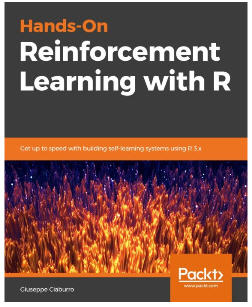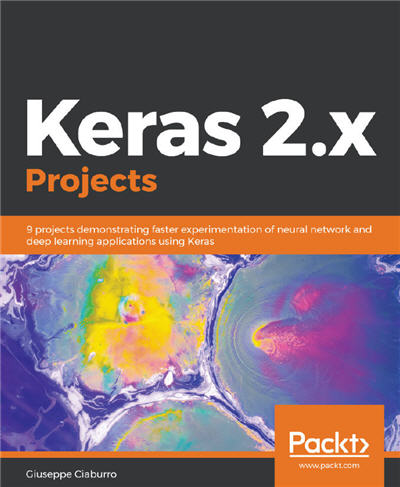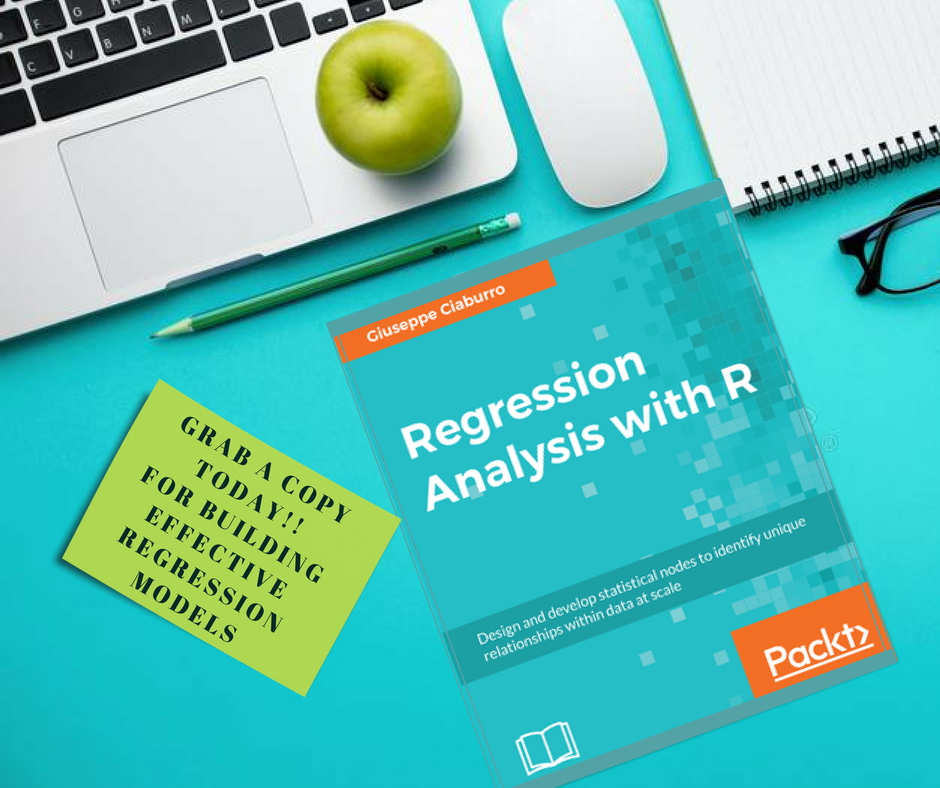Reinforcement learning (RL) is an integral part of machine learning (ML), and is used to train algorithms. With this book, you’ll learn how to implement reinforcement learning with R, exploring practical examples such as using tabular Q-learning to control robots.
You’ll begin by learning the basic RL concepts, covering the agent-environment interface, Markov Decision Processes (MDPs), and policy gradient methods. You’ll then use R’s libraries to develop a model based on Markov chains. You will also learn how to solve a multi-armed bandit problem using various R packages. By applying dynamic programming and Monte Carlo methods, you will also find the best policy to make predictions. As you progress, you’ll use Temporal Difference (TD) learning for vehicle routing problem applications. Gradually, you’ll apply the concepts you’ve learned to real-world problems, including fraud detection in finance, and TD learning for planning activities in the healthcare sector. You’ll explore deep reinforcement learning using Keras, which uses the power of neural networks to increase RL’s potential. Finally, you’ll discover the scope of RL and explore the challenges in building and deploying machine learning models.
By the end of this book, you’ll be well-versed with RL and have the skills you need to efficiently implement it with R.
- Understand how to use MDP to manage complex scenarios
- Solve classic reinforcement learning problems such as the multi-armed bandit model
- Use dynamic programming for optimal policy searching
- Adopt Monte Carlo methods for prediction
- Apply TD learning to search for the best path
- Use tabular Q-learning to control robots
- Handle environments using the OpenAI library to simulate real-world applications
- Develop deep Q-learning algorithms to improve model performance
Hands-On Reinforcement Learning with R



